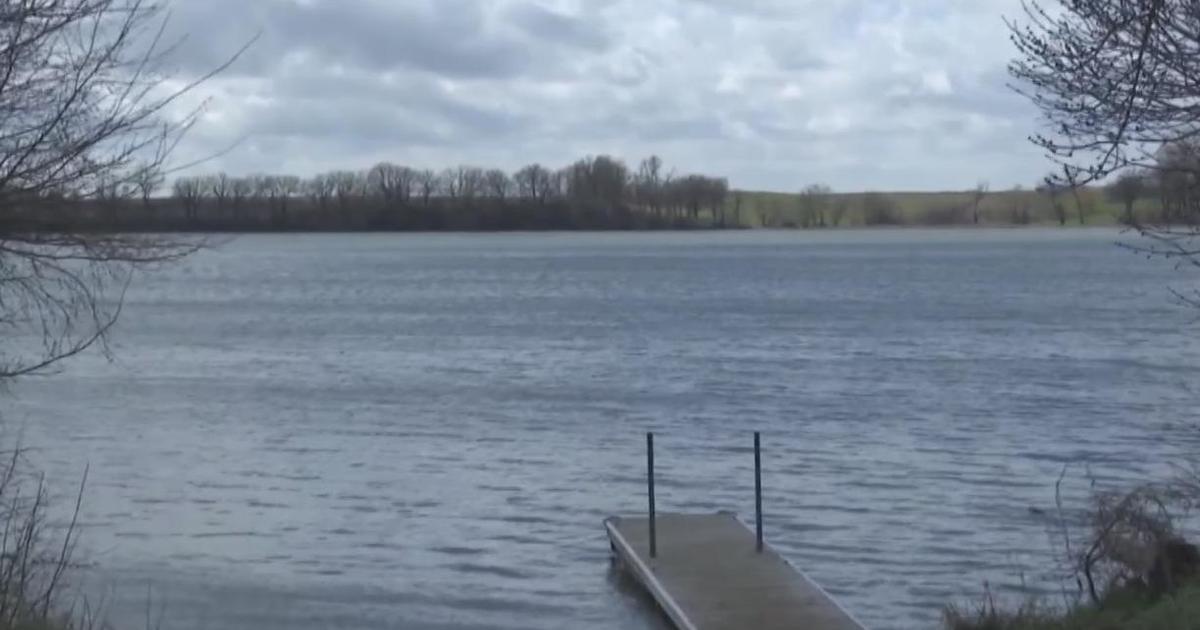Shutdown Cuts Funds To SD Farmers Dealing With 20K+ Cattle Death
SIOUX FALLS, S.D. (AP/WCCO) — Two 20-foot-deep disposal pits opened in western South Dakota on Monday to help ranchers dispose of tens of thousands of livestock carcasses piling up since an early October blizzard decimated herds.
Up to 4 feet of snow fell in the Black Hills area during the storm, killing at least 10,000 to 20,000 head of livestock, state officials say. The South Dakota Stockgrowers Association estimates this part of the state lost at least 5 percent of its cattle, which is mostly raised for beef.
Normally, the federal government would provide financial assistance to ranchers in a crisis of this magnitude, but the farm bill expired during the government shutdown.
Ranchers are encouraged to bring carcasses to the sites in Pennington County, which were built to state Animal Industry Board guidelines, said Alexa White, public information officer with the county's Emergency Operations Center.
"Some people might decide to bury their losses right where they are," White said Monday.
The number of dead cattle will likely rise as more losses are documented. Last week's rain added moisture to pastures already saturated by the quickly melting snow, making it difficult for ranchers to traverse the vast terrain to assess losses and tend to stressed but surviving animals, said Silvia Christen, executive director of the Stockgrowers Association.
"The priority right now is taking care of the livestock that made it through the storm," Christen said. "Once it dries up, ranchers will focus on the disposal."
Another snowstorm heading into the Black Hills on Monday was expected to bring up to a foot of snow, threatening to complicate the soggy mess.
Animal Industry Board rules require carcasses to be burned, buried to a depth of 4 feet or disposed of by a licensed rendering plant within 36 hours of death, though South Dakota Gov. Dennis Daugaard has waived the standard timeframe, recognizing the difficulty in meeting that deadline.
The burial sites are located in the eastern part of Pennington County with access to Interstate 90, but that could be a 100-mile-plus drive for a rancher raising cattle in Buffalo County.
White said 139 animals over the weekend were picked up from roadside ditches and other county-controlled lands and dumped in the pits, which are about 20 feet deep and 60 feet wide.
"These should be plenty big," she said.
But Ben Kantack, a former South Dakota State University Extension entomologist, said he worries about dead cattle hidden in remote locations, saying they will create public health issues as they decompose.
He said ranchers need to make sure their surviving cattle don't come into contact with a carcass or drink from water where one is rotting.
"They want to make sure they're not in streams and stuff, because they can contaminate the water," Kantack said.
The pits are dug specifically to avoid such health problems, as burial sites must be at least 1,000 feet from surface water, floodplains, rivers or private or public drinking water wells.
Burial is also prohibited when the primary subsurface material 20 feet below the bottom of the pit is primarily sand or gravel or when the depth to an aquifer is less than 20 feet from the bottom of the pit.
(TM and © Copyright 2013 CBS Radio Inc. and its relevant subsidiaries. CBS RADIO and EYE Logo TM and Copyright 2013 CBS Broadcasting Inc. Used under license. All Rights Reserved.This material may not be published, broadcast, rewritten, or redistributed. The Associated Press contributed to this report.)



